Transcription of Abstract arXiv:1707.01836v1 [cs.CV] 6 Jul 2017
1 Cardiologist-Level Arrhythmia Detection with Convolutional Neural NetworksPranav Rajpurkar Y. Hannun Y. develop an algorithm which exceeds the per-formance of board certified cardiologists in de-tecting a wide range of heart arrhythmias fromelectrocardiograms recorded with a single-leadwearable monitor. We build a dataset with morethan 500 times the number of unique patientsthan previously studied corpora. On this dataset,we train a 34-layer convolutional neural networkwhich maps a sequence of ECG samples to a se-quence of rhythm classes. Committees of board-certified cardiologists annotate a gold standardtest set on which we compare the performance ofour model to that of 6 other individual cardiolo-gists.
2 We exceed the average cardiologist perfor-mance in both recall (sensitivity) and precision(positive predictive value).1. IntroductionWe develop a model which can diagnose irregular heartrhythms, also known as arrhythmias, from single-lead ECGsignals better than a cardiologist. Key to exceeding ex-pert performance is a deep convolutional network whichcan map a sequence of ECG samples to a sequence of ar-rhythmia annotations along with a novel dataset two ordersof magnitude larger than previous datasets of its heart diseases, including Myocardial Infarction, AVBlock, Ventricular Tachycardia and Atrial Fibrillation canall be diagnosed from ECG signals with an estimated 300million ECGs recorded annually (Hed en et al.)
3 , 1996). Weinvestigate the task of arrhythmia detection from the ECGrecord. This is known to be a challenging task for com-puters but can usually be determined by an expert from asingle, well-placed lead. Authors contributed trained convolutional neural network correctly de-tecting the sinus rhythm (SINUS) and Atrial Fibrillation (AFIB)from this ECG recorded with a single-lead wearable heart detection from ECG recordings is usually per-formed by expert technicians and cardiologists given thehigh error rates of computerized interpretation. One studyfound that of all the computer predictions for non-sinusrhythms, only about 50% were correct (Shah & Rubin,2007); in another study, only 1 out of every 7 presentationsof second degree AV block were correctly recognized bythe algorithm (Guglin & Thatai, 2006).
4 To automaticallydetect heart arrhythmias in an ECG, an algorithm must im-plicitly recognize the distinct wave types and discern thecomplex relationships between them over time. This is dif-ficult due to the variability in wave morphology betweenpatients as well as the presence of train a 34-layer convolutional neural network (CNN)to detect arrhythmias in arbitrary length ECG 1 shows an example of an input to the model. Inaddition to classifying noise and the sinus rhythm, thenetwork learns to classify and segment twelve arrhythmiatypes present in the time-series. The model is trained end- [ ] 6 Jul 2017 Cardiologist-Level Arrhythmia Detection with Convolutional Neural Networksto-end on a single-lead ECG signal sampled at 200Hz anda sequence of annotations for every second of the ECGas supervision.
5 To make the optimization of such a deepmodel tractable, we use residual connections and batch-normalization (He et al., 2016b; Ioffe & Szegedy, 2015).The depth increases both the non-linearity of the compu-tation as well as the size of the context window for eachclassification construct a dataset 500 times larger than other datasetsof its kind (Moody & Mark, 2001; Goldberger et al., 2000).One of the most popular previous datasets, the MIT-BIHcorpus contains ECG recordings from 47 unique contrast, we collect and annotate a dataset of about30,000 unique patients from a pool of nearly 300,000 pa-tients who have used the Zio Patch monitor1(Turakhiaet al.)
6 , 2013). We intentionally select patients exhibiting ab-normal rhythms in order to make the class balance of thedataset more even and thus the likelihood of observing un-usual heart-activity test our model against board-certified cardiologists. Acommittee of three cardiologists serve as gold-standard an-notators for the 336 examples in the test set. Our modelexceeds the individual expert performance on both recall(sensitivity), and precision (positive predictive value) onthis test ModelProblem FormulationThe ECG arrhythmia detection task is a sequence-to-sequence task which takes as input an ECG signalX=[x1.]
7 Xk], and outputs a sequence of labelsr= [r1, ..rn],such that eachrican take on one ofmdifferent rhythmclasses. Each output label corresponds to a segment of theinput. Together the output labels cover the full a single example in the training set, we optimize thecross-entropy objective functionL(X, r) =1nn i=1logp(R=ri|X)wherep( )is the probability the network assigns to thei-thoutput taking on the Architecture and TrainingWe use a convolutional neural network for the sequence-to-sequence learning task. The high-level architecture of thenetwork is shown in Figure 2. The network takes as inputa time-series of raw ECG signal, and outputs a sequenceof label predictions.
8 The 30 second long ECG signal is1iRhythm Technologies, San Francisco, Californiamax poolconvBNReLUDropoutconvmax poolBNReLUDropoutconvBNReLUDropoutconvBN convReLUInput 15 BNReLUSoftmaxdenseFigure architecture of the network. The first and last layerare special-cased due to the pre-activation residual blocks. Over-all, the network contains 33 layers of convolution followed by afully-connected layer and a at 200Hz, and the model outputs a new predictiononce every second. We arrive at an architecture which is 33layers of convolution followed by a fully connected layerand a order to make the optimization of such a networktractable, we employ shortcut connections in a similar man-ner to those found in the Residual Network architecture (Heet al.)
9 , 2015b). The shortcut connections between neural-network layers optimize training by allowing informationto propagate well in very deep neural networks. Beforethe input is fed into the network, it is normalized using aCardiologist-Level Arrhythmia Detection with Convolutional Neural NetworksFigure on the test set, the model outperforms theaverage cardiologist score on both the Sequence and the Set normalization strategy. The network consists of16residual blocks with2convolutional layers per block. Theconvolutional layers all have a filter length of16and have64kfilters, wherekstarts out as1and is incremented every4-th residual block.
10 Every alternate residual block subsam-ples its inputs by a factor of2, thus the original input isultimately subsampled by a factor of28. When a resid-ual block subsamples the input, the corresponding shortcutconnections also subsample their input using a Max Pool-ing operation with the same subsample each convolutional layer we apply Batch Normal-ization (Ioffe & Szegedy, 2015) and a rectified linear acti-vation, adopting the pre-activation block design (He et al.,2016a). The first and last layers of the network are special-cased due to this pre-activation block structure. We alsoapply Dropout (Srivastava et al.)
![arXiv:0706.3639v1 [cs.AI] 25 Jun 2007](/cache/preview/4/1/3/9/3/1/4/b/thumb-4139314b93ef86b7b4c2d05ebcc88e46.jpg)

![arXiv:1301.3781v3 [cs.CL] 7 Sep 2013](/cache/preview/4/d/5/0/4/3/4/0/thumb-4d504340120163c0bdf3f4678d8d217f.jpg)
![@google.com arXiv:1609.03499v2 [cs.SD] 19 Sep 2016](/cache/preview/c/3/4/9/4/6/9/b/thumb-c349469b499107d21e221f2ac908f8b2.jpg)






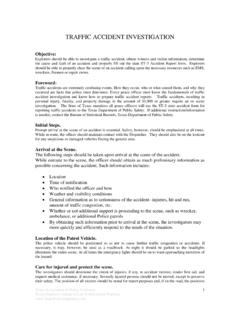
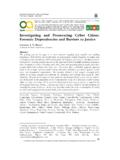
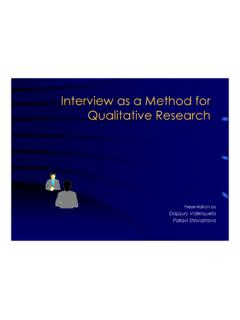
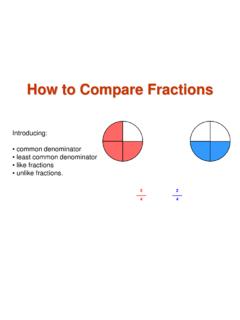
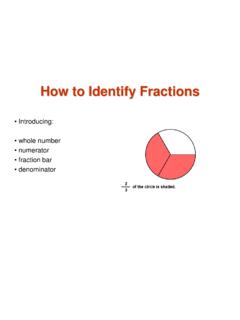
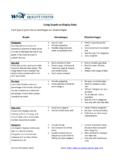
![ABSTRACT arXiv:1409.1556v6 [cs.CV] 10 Apr 2015](/cache/preview/4/e/0/e/4/4/2/c/thumb-4e0e442c20fc4f8e108fa20a1095af07.jpg)